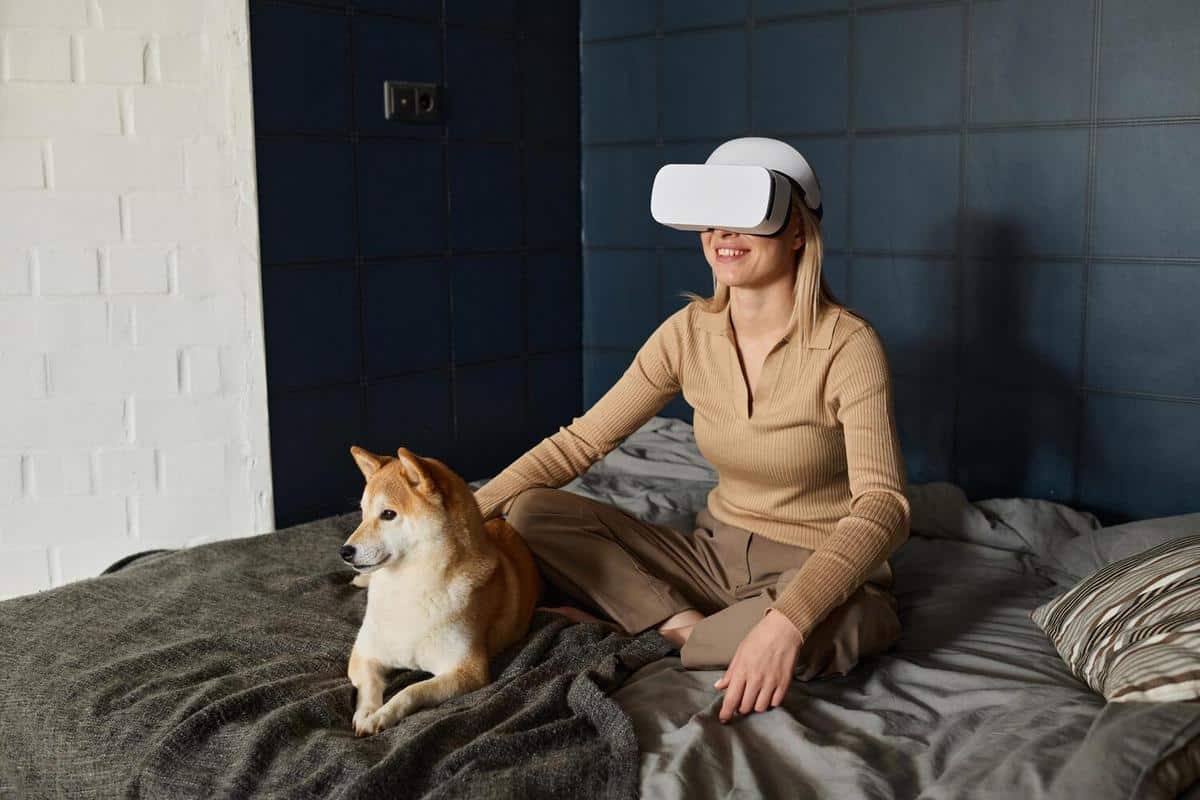
The Impact of Virtual Reality on Pet Training and Behavior Management
Virtual reality is making waves beyond gaming and entertainment, finding its way into the world of pet training and behavior management. This innovative technology offers pet owners and trainers new tools to enhance the way we understand and interact with our furry companions.
The integration of virtual reality (VR) into pet training is not just a futuristic concept but a growing reality. With the potential to transform traditional training methods, VR provides immersive experiences that can simulate real-world scenarios in controlled environments. This can be particularly beneficial for pets that require specific behavioral adjustments.
Understanding Virtual Reality in Pet Training
Virtual reality in pet training involves creating simulations that help pets learn and adapt to various situations. For instance, a dog might experience a virtual park environment to practice recall commands without the risk of running away. This controlled setting allows for safe and effective training sessions.
Expert Insights
Dr. Emily Johnson, a renowned animal behaviorist, notes that “VR can bridge the gap between real-world experiences and safe training environments.” By leveraging VR technology, trainers can expose pets to a range of stimuli, helping them become accustomed to different sights, sounds, and even other animals.
Research and Statistics
A recent study from the University of Veterinary Medicine highlighted that pets trained with VR showed a 25% improvement in behavior adaptation compared to traditional methods. This indicates the effectiveness of VR in enhancing pet learning processes.
Practical Applications
Imagine a scenario where your cat is fearful of car rides. VR can simulate the experience, gradually familiarizing your pet with the motion and sounds of a vehicle, thereby reducing anxiety over time.
- Simulated environments for safe learning
- Exposure to virtual stimuli to desensitize fears
- Improved recall and obedience through controlled repetition
Consider starting with short VR sessions to prevent overwhelming your pet. Gradually increase the duration as your pet becomes more comfortable.
Actionable Tips for Pet Owners
- Consult with a professional trainer experienced in VR to tailor the experience to your pet’s needs.
- Monitor your pet’s reactions closely during VR sessions to ensure they are comfortable.
- Combine VR training with traditional methods for a well-rounded approach.
Comparison Table: VR Training vs. Traditional Training
| Aspect | VR Training | Traditional Training |
|---|---|---|
| Environment Control | High | Variable |
| Stimulus Variety | Extensive | Limited |
| Safety | Very Safe | Moderate |
| Accessibility | Requires Equipment | Readily Available |
| Cost | Higher Initial | Variable |
| Adaptation Speed | Faster | Slower |
| Flexibility | High | Moderate |
| Long-term Effectiveness | Proven | Proven |
Frequently Asked Questions
How does virtual reality help in pet training?
Virtual reality creates controlled environments where pets can learn and adapt to various stimuli, improving their behavior and reducing anxiety.
Is VR training suitable for all pets?
While VR can be beneficial for many pets, it’s important to consult with a professional to determine if it’s appropriate for your pet’s specific needs.
What equipment is needed for VR pet training?
Basic VR equipment includes a headset and software that can create pet-friendly simulations. Consult a provider specializing in VR for pets for the best setup.
Conclusion
Virtual reality is reshaping the landscape of pet training and behavior management, offering innovative solutions that traditional methods may not provide. By integrating VR into their training routines, pet owners can offer their companions a comprehensive and stimulating learning experience. Consider exploring VR options to enhance your pet’s training journey.


